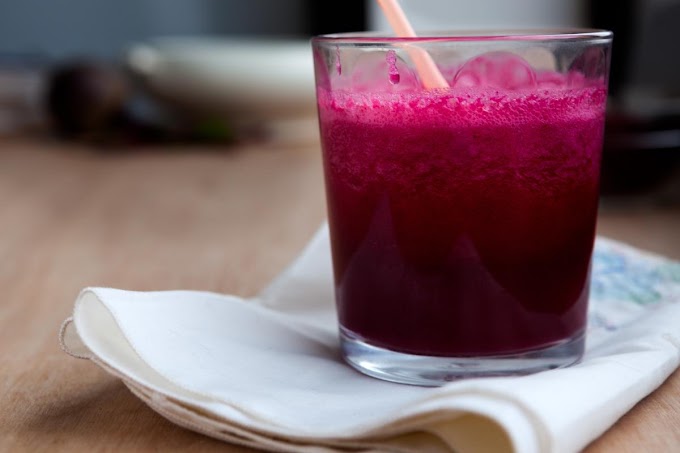What You'll Need
Before getting started, gather all the necessary materials. Here’s a list of what you’ll need:
Sugar: The key ingredient in rock candy.
Water: To dissolve the sugar.
Food coloring: To add a splash of color (optional).
Flavored extract: For added flavor (optional).
Microwave-safe container: For heating the mixture.
Skewers or lollipop sticks: For the crystals to form on.
A glass or jar: To hold the skewer and the sugar solution.
Step-by-Step Guide
Step 1: Mix the Sugar and Water
Start by mixing 1 cup of sugar with 1/2 cup of water in your microwave-safe container. Stir the mixture well until the sugar is somewhat dissolved. This is the foundation of your rock candy. If you want to add color or flavor to your rock candy, now is the time. Add a few drops of food coloring and a teaspoon of flavored extract, like vanilla or mint, and mix thoroughly.
Step 2: Heat the Mixture
Place the container in the microwave and heat the mixture on high for 2 minutes. Be sure to watch it closely, as microwaves vary in power, and you don't want the sugar to burn. The goal is to get the sugar solution to a high enough temperature that the sugar dissolves completely. If, after 2 minutes, the sugar hasn’t fully dissolved, stir the mixture and microwave it for an additional 30 seconds.
Step 3: Prepare the Skewers
While the sugar solution is heating, prepare your skewers or lollipop sticks. Dampen the skewers slightly and roll them in sugar. This helps to jumpstart the crystallization process. Set the prepared skewers aside.
Step 4: Cool and Insert the Skewers
After the sugar solution is fully dissolved, carefully remove the container from the microwave. Allow it to cool for a minute or two, but not too long, as you still want the solution to be warm when you insert the skewers. Once it’s slightly cooled, pour the solution into a glass or jar.
Next, carefully place the prepared skewers into the solution. Make sure the skewers are not touching the sides or bottom of the glass. The sugar on the skewers will help the rock candy crystals to start forming immediately.
Step 5: Watch the Crystals Form
This is where the magic happens! As the solution cools, sugar crystals will start to form around the skewer. In just a few minutes, you should start to see the beginnings of your rock candy. You can leave the skewer in the solution longer to allow more crystals to form, or you can enjoy your quick rock candy immediately.
Troubleshooting Tips
If crystals don’t form: Ensure that your sugar was fully dissolved and that the skewer was well-coated with sugar. If the solution cools too quickly, the crystallization process might not start as quickly.
If the candy is too sticky: The sugar concentration might be too high. Try using a little less sugar next time or allowing the candy to dry longer before handling it.
If the candy is too hard: This can happen if the solution was overheated or cooled too quickly. Be careful with the microwave times, and allow the candy to cool slowly.
Creative Variations
Once you’ve mastered the basic recipe, feel free to experiment with different variations. Here are a few ideas to get you started:
Colorful rock candy: Try making multiple batches with different food colorings for a vibrant display of rainbow rock candy.
Flavored rock candy: Mix and match different flavored extracts to create your own unique combinations. For example, try peppermint for a holiday twist or strawberry for a fruity treat.
Layered rock candy: After forming one layer of crystals, remove the skewer and let it dry. Then dip it in another batch of sugar solution with a different color and flavor for a layered candy effect.
The Science Behind Rock Candy
Making rock candy is not just a fun activity; it’s also a great way to learn about the science of crystals. When you dissolve sugar in water, the sugar molecules break apart and mix with the water. As the solution cools, the water can’t hold as much sugar, so the sugar molecules start to rejoin, forming crystals on the skewer.
This process is called supersaturation. When the sugar solution cools, the sugar molecules have no place to go but to stick together and crystallize. The sugar coating on the skewer provides a starting point for this crystallization process, which is why it’s essential to prepare the skewer before inserting it into the solution.
Conclusion
Rock candy is a timeless treat that’s not only unto eat but also fascinating to make. While traditional rock candy takes time and patience to form, this quick method allows you to enjoy a sugary snack in just a few minutes. Whether you’re making it as a sweet treat or a science experiment, rock candy is a great way to explore the wonders of sugar crystals.
So, the next time you’re craving something sweet and have a few minutes to spare, why not try making your own rock candy? With just a few simple ingredients and a little bit of time, you’ll have a delicious treat that’s sure to impress. Happy candy-making!








Social Plugin